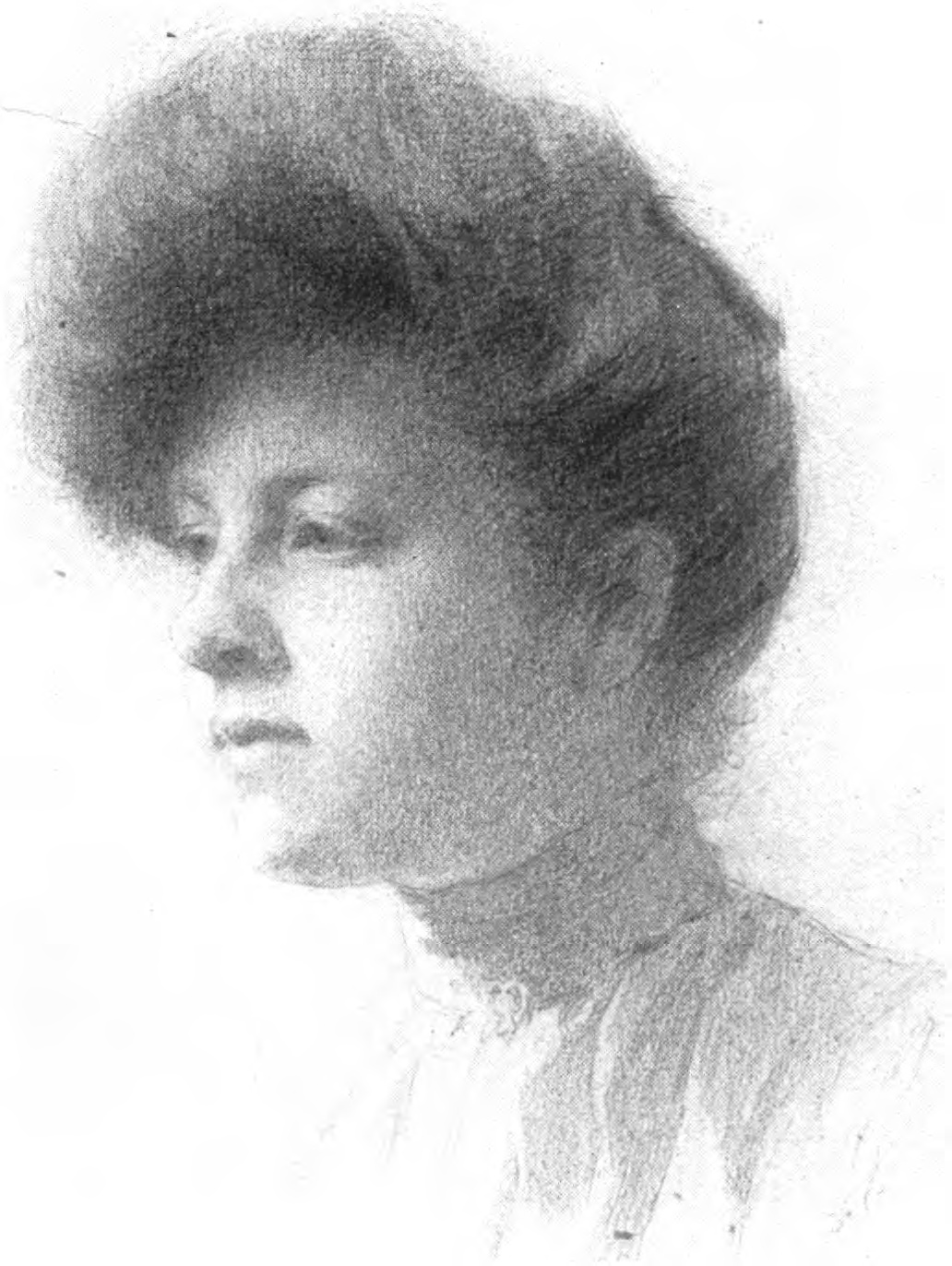 On the GJ Book Club, we're looking at Chapter 20: "Materials" in Harold Speed's 1917 classic The Practice and Science of Drawing.
On the GJ Book Club, we're looking at Chapter 20: "Materials" in Harold Speed's 1917 classic The Practice and Science of Drawing.In this chapter, Speed talks about a wide range of drawing media and the capabilities that each one offers. I'll outline the main points of the chapter so that you can refer to them in the comments if you want.
1. Speed advises trying all kinds of drawing media out to explore their range of expressive possibilities. Then, he suggests that we should seek those qualities of the subject that are suited to the capacities of the medium.
 |
| Rembrandt, ink and wash drawing |
This same sort of argument has recently been applied to the realistic potential of CG animation. The idea is that the ultra-realistic computer simulations can take away from the capacity that the animation medium has to create stylized shape and movement, which can have more psychological and emotional resonance. The unquestioning pursuit of imitation of nature can blind an artist to the conscious choices that an artist must make.
I only partially agree with Speed on this point. As much as I love stylization and caricature, I also believe that extreme realism is anything but a "meretricious deception," and achieving it is not easy, especially not in paint. Even if one's goal were to hold up a perfect mirror to nature in oil paint or digital animation, that would only be possible with a sophisticated awareness of the limitations of even those tools. And ultra-realism is capable of conveying subjective emotions, depending on the spirit and skill of the artist.

3. Central to Speed’s argument is that every art medium has a limitation, whether it be stop motion animation, black and white film, charcoal pencils, pen and ink, or sanguine. Great masters, he says, “represent nature in terms of whatever medium they worked in, and never overstepped this limitation."
4. I do agree with Speed that students are well advised to approach oil painting with self-imposed limitations, such as monochrome or a limited palette. Such limitations are liberating.
5. Then, Speed lists each of the drawing media: lead pencil, silverpoint, charcoal, red chalk (sanguine), black Conté, white chalk, lithography, pen and ink, and paper. Reading his descriptions of each of them was inspiring to me, as I haven't tried several of them, such as silverpoint and lithography.
In the comments I'd love to hear from people who have tried some of the less common materials that he refers to, and I wonder how your experience tallies with his.
In the comments I'd love to hear from people who have tried some of the less common materials that he refers to, and I wonder how your experience tallies with his.
------
The Practice and Science of Drawing is available in various formats:
1. Inexpensive softcover edition from Dover, (by far the majority of you are reading it in this format)
2. Fully illustrated and formatted for Kindle.
3. Free online Archive.org edition.
4. Project Gutenberg version
Articles on Harold Speed in the Studio Magazine The Studio, Volume 15, "The Work of Harold Speed" by A. L. Baldry. (XV. No. 69. — December, 1898.) page 151.
and The Windsor Magazine, Volume 25, "The Art of Mr. Harold Speed" by Austin Chester, page 335. (thanks, अर्जुन)
1. Inexpensive softcover edition from Dover, (by far the majority of you are reading it in this format)
2. Fully illustrated and formatted for Kindle.
3. Free online Archive.org edition.
4. Project Gutenberg version
Articles on Harold Speed in the Studio Magazine The Studio, Volume 15, "The Work of Harold Speed" by A. L. Baldry. (XV. No. 69. — December, 1898.) page 151.
and The Windsor Magazine, Volume 25, "The Art of Mr. Harold Speed" by Austin Chester, page 335. (thanks, अर्जुन)
GJ Book Club on Pinterest (Thanks, Carolyn Kasper)
GJ Facebook page
Overview of the blog series
Announcing the GJ Book Club
Chapter 1: Preface and Introduction
Chapter 2: Drawing
Chapter 3: Vision
Chapter 4: Line Drawing
Chapter 5: Mass Drawing
Chapter 6: Academic and Conventional
Chapter 7: The Study of Drawing
Chapter 8: Line Drawing, Practical
Chapter 9: Mass Drawing
Chapter 10: Rhythm
Chapter 11: Variety of Lines
Chapter 12: Curved Lines
Chapter 13: Variety of Mass
Chapter 14: Unity of Mass
Chapter 15: Balance
Chapter 16: Proportion
Chapter 17: Portrait Drawing
Chapter 18: Visual Memory
Chapter 19: Procedure
Chapter 20: Materials




































 James Gurney
James Gurney